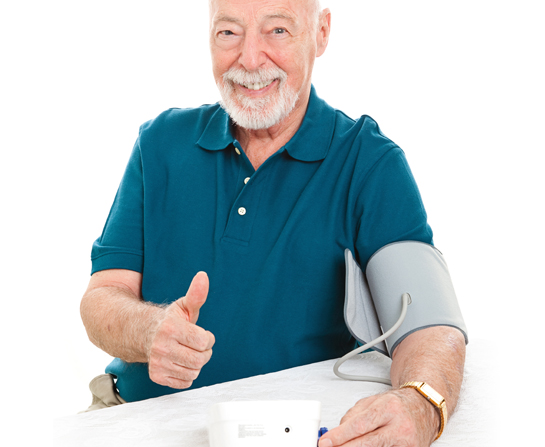1-2-3-4 Steps to Blood Pressure Control
April 29, 2022 Return

Dr Ramasami Nandakumar Consultant Interventional Cardiologist |
High blood pressure, also known as hypertension, is widely known as ‘the silent killer’ because people with the condition usually have no signs or symptoms. According to the National Health and Morbidity Survey in 2015, 30.3% of people aged above 18 have high blood pressure. That’s 1-in-3 people in Malaysia walking around with hypertension! Consultant Interventional Cardiologist Dr Ramasami Nandakumar highlights 4 steps you can take to control your blood pressure.
HERE ARE 4 STEPS YOU CAN TAKE TO CONTROL YOUR BLOOD PRESSURE:

- CHECK YOUR BLOOD PRESSURE REGULARLY
You should get your blood pressure checked at least once a year. How often a person should undergo screening for blood pressure ultimately depends on his health. For young adults, it is alright to undergo yearly screenings. For older adults, it is necessary to check their blood pressure more frequently. Common risk factors for high blood pressure include being overweight, eating lots of salty foods, smoking and a sedentary lifestyle.

- MORE BLOOD PRESSURE READINGS LEAD TO ACCURATE DIAGNOSIS
It is tricky to measure blood pressure because it continuously rises and drops. For example, it is common for blood pressure to increase when a person is nervous, usually in a doctor’s clinic, otherwise known as ‘white-coat hypertension’. Several blood pressure readings over a period of time are usually needed to confirm that a person has high blood pressure. Currently, there are two standard methods to diagnose high blood pressure accurately. Home Blood pressure Monitoring (HBPM) uses an electronic machine to measure blood pressure at home over a period of weeks at different times of the day. Ambulatory Blood Pressure Monitoring (ABPM) is an alternative and more useful method to measure blood pressure over a 24-hour period using a specialised monitor. This digital monitor actively keeps logs of blood pressure readings throughout the monitoring period and is correlated with activity. HBPM and ABPM are more accurate as the person is more relaxed at home compared to the doctor’s clinic.

- GO FOR UPPER ARM CUFFS
People who opt for home blood pressure monitors should choose devices with the cuff which should be worn on the upper arm. The cuff must fit properly to produce accurate readings.Finger and wrist monitors are not reliable because of inaccurate readings and the readings must be converted as the wrist blood pressure is different to that of upper arm blood pressure. Patients should consult with their doctor for suitable recommendations.

- PRACTICE A HEALTHY LIFESTYLE
It is important to adopt a healthy lifestyle to reduce your blood pressure. In fact, most patients need a combination of medication and lifestyle changes to lower their blood pressure. Doctors recommend using the DASH (Dietary Approaches to Stop Hypertension) diet consisting of mostly fruit, vegetables and low-fat dairy products as well as moderate amounts of whole grains, fish, poultry and nuts. One of the most important changes is to reduce the intake of salt to 2300 mg of sodium or about a teaspoon a day. Another important change is to reduce the BMI (body mass index) to below 25 (23 for Asians). Weight loss can help reduce blood pressure and go a long way in improving a patient’s life. Weight loss is usually achieved with a combination of diet and exercises such as brisk walking. Stress management and enough sleep also help to lower your blood pressure. HT
If you like this article, do subscribe here.
